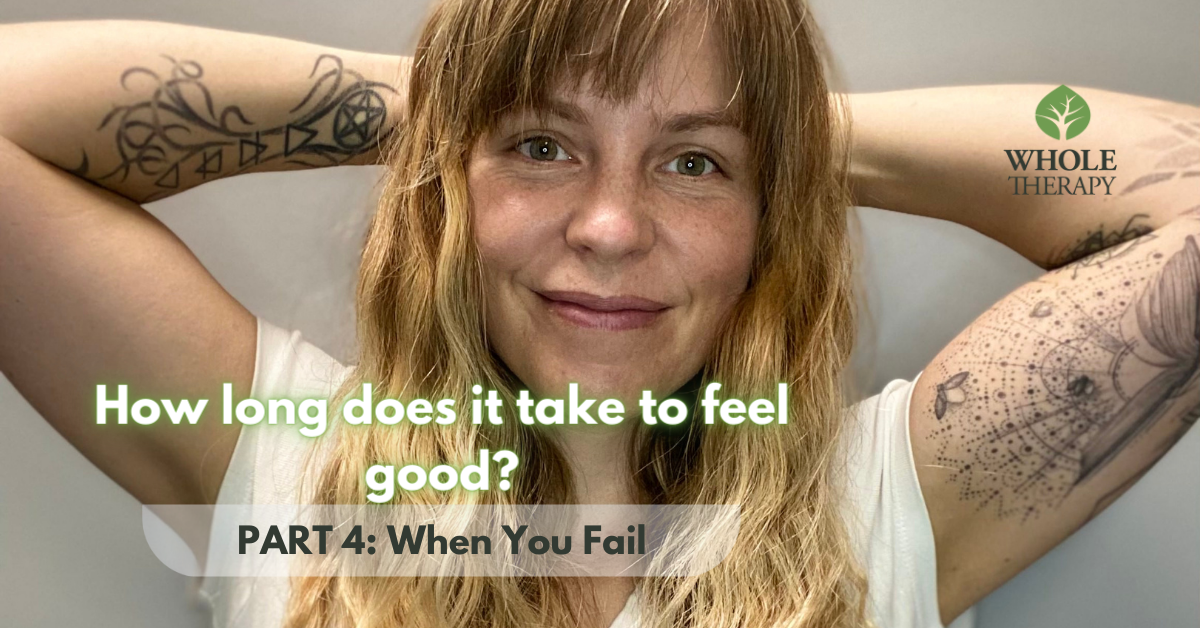If you're just jumping in, we're talking about low back pain and how to relieve…
What is Osteopathy?
The word Osteopathy usually comes with a question mark after it. Although well recognized in Europe, Osteopathy is not as well known here in Ontario (The fact that Osteopaths have a hard time defining Osteopathy doesn’t help in that regard). In this short article I will try to describe and define Osteopathy to the best of my ability, as a first-year student of Osteopathy.
The History
Osteopathy began with Dr. Andrew Taylor Still, born in 1828 from Kirksville, Missouri. Despite being a medical doctor, he lost three of his children to spinal meningitis. This was at a time in our history when medicine was still far from advanced. These deaths were the catalyst that led the determined Dr. Still to seek alternative health solutions.
The Principles
After studying the anatomy of the human body in great depth, Dr. Sill created three principles that would become the base of modern-day Osteopathy:
- The body is a functional unit. This means that the parts of the body do not work in isolation, but in cooperation. For example, when we have pain in the wrist, we often find that there are problems in the elbow, shoulder, neck, etc.
- Secondly, the body’s form (structure) and function (activity) are interrelated. This means that by helping the body’s function, one can improve the structure.
For example, when we get an injury to the wrist (damage to the structure) as a result of overuse of the hand, we can correct the function of that wrist through manual therapy. This, in turn, will help to correct and repair the strain in that structure. As a result, the body will be able to slowly repair the injury and hence the structure will change.
- The body has self-healing properties. Sometimes, these properties are dormant and just need to be reawakened. In this case, the Osteopath’s role is not to heal, but to facilitate healing.
Going back to the example of the wrist, often the body will try to compensate for the lack of function in the wrist, which will create more problems. But compensating means that the body is allowing for the wrist condition: it will not necessarily get better. Mobilizing that wrist, and related structures (elbow, shoulder, neck etc) sends a message to the nervous system that the condition that the wrist is in right now is not optimal and that healing is needed.
How Osteopathy has Changed
As Osteopathy spread throughout the world, it has gone through significant changes and has been subject to much interpretation. As a result, there are now as many definitions of osteopathy as there are osteopaths (ok not really but still, lots!)
The style of Osteopathy that I am learning is known as Clinical Osteopathy, which means that first and foremost we address the client’s immediate symptoms. Carpal tunnel in the wrist, for example, we look at the immediate environment. (ie hand, wrist, arm).
Secondly, we then address the bigger picture. What happened in the shoulder? What happened in the neck? What happened in the back? How can we remove the strain from the system as a whole so that the injury will heal, but also so that this problem will be less likely to occur in the future?
What can an Osteopath Treat?
An Osteopath can address joints and bones, they can help with nerve tension, ligaments, fluid stagnation, muscles tightness, energy, and more. The methods used vary and depend on the goals, condition, and needs of the client.
The more I learn about Osteopathy and manual therapy, the more amazed I’ve become at how much can be done to help people that are in pain and in distress. While I can’t promise to make miracles happen through Osteopathy, I am definitely encouraged at the possibilities it presents in terms of helping people get better. A big part of the healing process depends on the client’s lifestyle and willingness to change what causes problems in their body, I’m really looking forward to working in partnership with clients, armed with plenty of new tools inspired by Osteopathy!
An Ongoing Process
To develop the skills of an Osteopath takes many years and I’m just now making my first steps. I’m humbled by the depth of the skills shown by many therapists that I’ve been treated by already, and I aspire to arrive at that level of skill and finesse one day!
As a student of Osteopathy and as a Registered Massage Therapist, it’s also very important to know what I can not do, I cannot cure arthritis in the joint, unfortunately, I cannot cure cancer.
What I can do is help with increasing your mobility, reducing you pains in various muscles and joints throughout your body. I can help with the overall relaxation of your body, which in turn can boost your immune system. I can help with headaches, jaw pain and lower back pain as well. As an Osteopath, I’ll be able to help with digestion to some degree and helping people get better sleep! (Looking forward to that!)
What About The Science?
To be completely honest, not all techniques that Osteopaths use can be proven scientifically; this is due partially to the fact that Osteopathy came in to the world at a time when the methodologies were not fully developed, and partially because we are still so far from fully understanding the human body and all of its intricacies. As a keen investigator of the human body, I don’t take everything that Osteopathy teaches as a fact, but rather test it and question it to see what works.

I feel very fortunate to be able to work with such a variety of excellent therapists at Whole Therapy; we are always doing our best to learn from each other regardless of the modality being used. We all believe we have plenty to learn and teach each other!
Most of all I’m trying to learn from my clients to see what works and what doesn’t. That feedback is the most important information of all!
To sum it up, I believe that a big component of the therapy is the client / therapist relationship. As long as we keep an open line of communication during treatment, that feedback, along with my skills as an RMT as well as the tools I’m developing through Osteopathy will go a long way in helping me get you back on your path to health and wellness!



